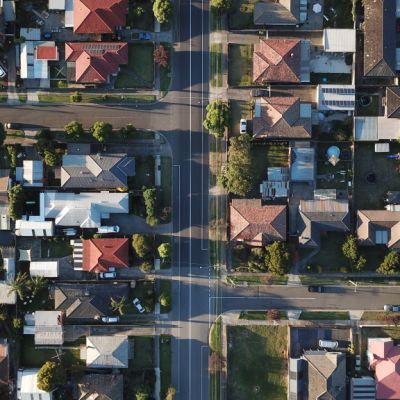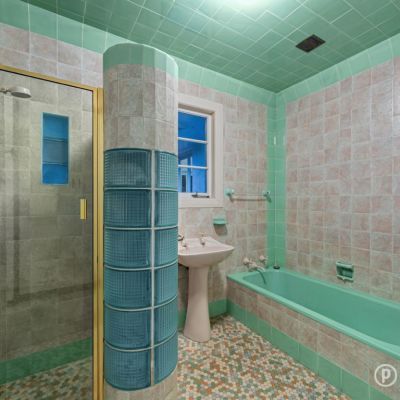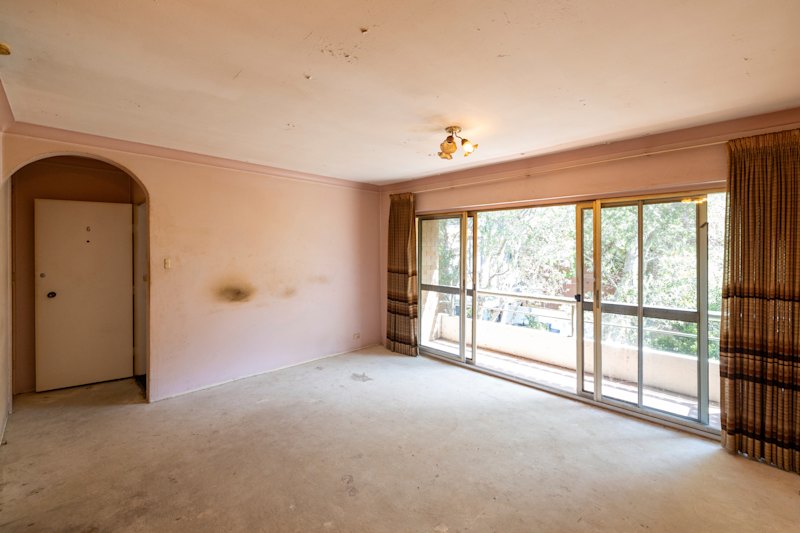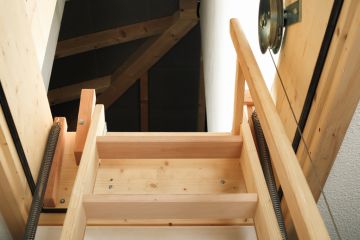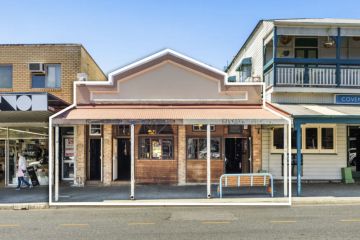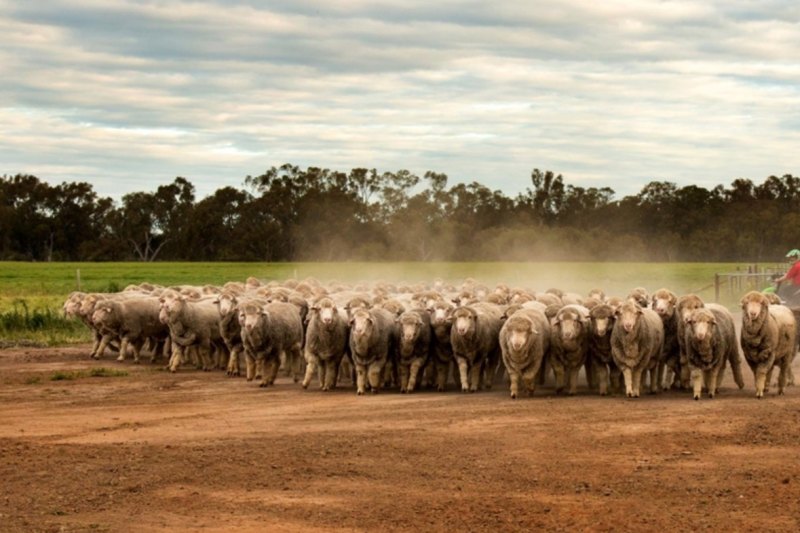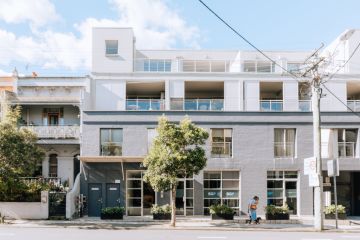Property price slashing has doubled and tripled in Australia's biggest cities
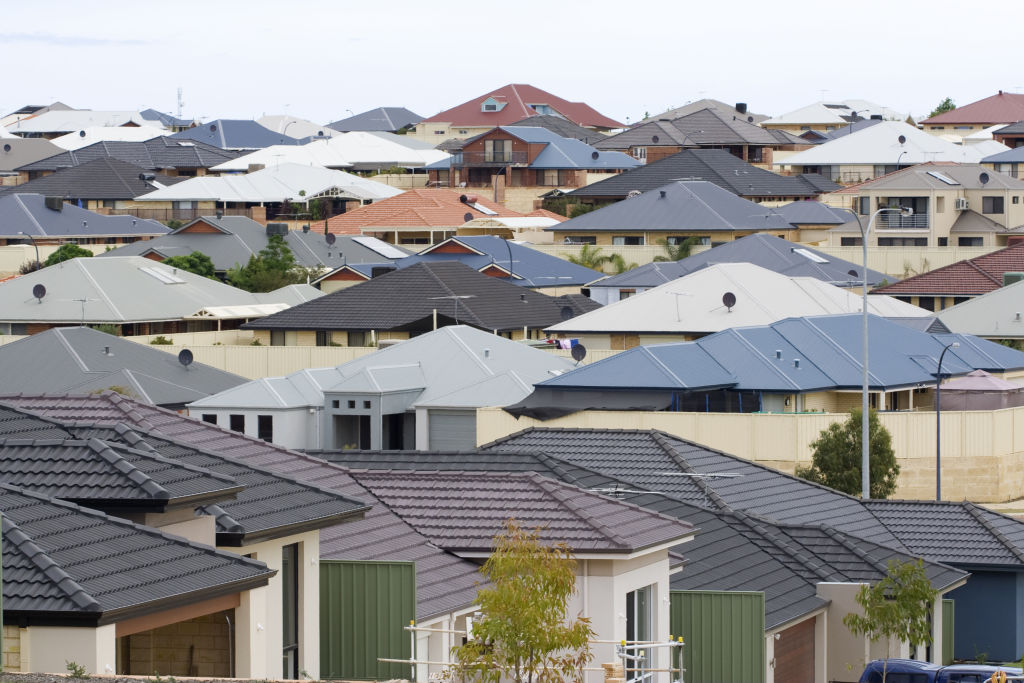
Property price cutting has nearly doubled and tripled in Australia’s two largest cities, new data shows, signalling a slowing housing market.
More than 13 per cent of property listings in Sydney and 10.7 per cent in Melbourne had their prices discounted in April, according to Domain data.
This was up from 6.7 and 3.7 per cent respectively from April 2019, equating to nearly double the amount of discounts in Sydney and almost three times the amount in Melbourne.
“It’s a good leading indicator of where prices are going to go,” Domain senior research analyst Nicola Powell said.
“When you see an increase in the proportion of listings with a discount, it normally means that you’re going into a softening market.”
All capital cities across the country saw a higher percentage of properties being discounted in April 2020 compared with April 2019.
But the percentage of discounted properties was the highest in March this year as the economy went into a rapid hibernation amid the escalating COVID-19 outbreak.
“March was particularly a turning point, we saw that in other market indicators and the fact that we had the ban on open homes and auctions and the economic shutdown,” Dr Powell said. “The positive thing for April is that percentage has now started to ease.”
All cities besides Darwin and Hobart saw more than 10 per cent of listings discounted in March, with Sydney reaching 14.1 per cent and Melbourne 12.6 per cent.
Adelaide was the next most marked-down city at 11.1 per cent in March, while Canberra, Perth and Brisbane saw between 10 and 10.6 per cent of properties take a price cut.
In April, all cities saw the percentage of properties with price cuts slip – with all besides Sydney and Melbourne seeing property discounts of less than 8.3 per cent.
Dr Powell said the few new properties listed in April were potentially priced more competitively than those in March, which were likely to have been listed earlier in the year in a rising market.
“We were perhaps seeing vendors coming to the market being a little bit more bullish in terms of the prices they wanted to achieve,” she said.
While the percentage of properties with price reductions was higher than it was during the 2017-19 downturn in Sydney and Melbourne, Dr Powell said the dollar amount reduction was relatively similar.
“When you look at the percentage of price edits, it’s actually more or less the same, and in some cities the percentage is actually smaller than this time last year,” she said.
Most capitals saw prices revised between 3 and 5 per cent, with Hobart slightly higher at 5.2 per cent and Darwin recording a higher percentage of 8.2.
Sydney’s Northern Beaches region, which includes suburbs as far south as Manly and as far north as Palm Beach, saw the highest proportion of discounted properties in the country at 17.6 per cent in April.
That number was up from 10.5 per cent in April last year, and from an 18-month low of 5.8 per cent in September 2019.
Prices in the area were coming down from a high peak (the median house price in the area is $1.97 million, up 18.6 per cent on the previous year), Joshua Perry from Belle Property Dee Why said, which meant widespread discounting was expected.
“There’s always some owners who aren’t adjusting, but most are now seeing that what is happening now is a fair price,” Mr Perry said.
He said inspection and auction restrictions being lifted meant there was more confidence from both buyers and sellers.
The Mornington Peninsula and Melbourne’s inner south saw the highest proportion of discounted properties in Victoria and were tied for the second-highest across the country, along with Newcastle in NSW, at 14.3 per cent.
McEwing Partners director Dean Phillips said the Mornington Peninsula had seen a high number of holiday homes turn over since the beginning of COVID-19 restrictions with people becoming more realistic about the price of their properties.
“They’re not trying to profiteer as they were prior to COVID,” Mr Phillips said. “They’re selling for genuine reasons and we are seeing a return to a genuine real estate market.”
The regions where prices had been discounted the most deeply included Shepparton in Victoria where buyers could expect a 9.4 per cent discount, Daly – Tiwi – West Arnhem in the Northern Territory at 9 per cent and the Southern Wheatbelt in Western Australia at 8.7 per cent.
We recommend
States
Capital Cities
Capital Cities - Rentals
Popular Areas
Allhomes
More
- © 2025, CoStar Group Inc.

